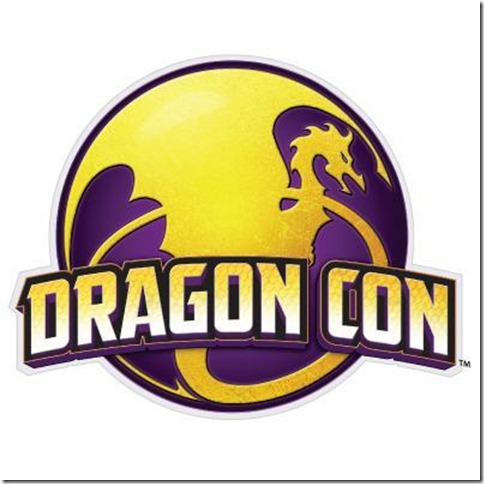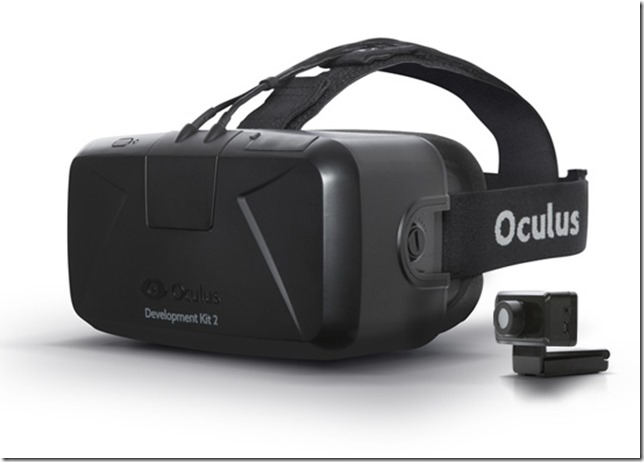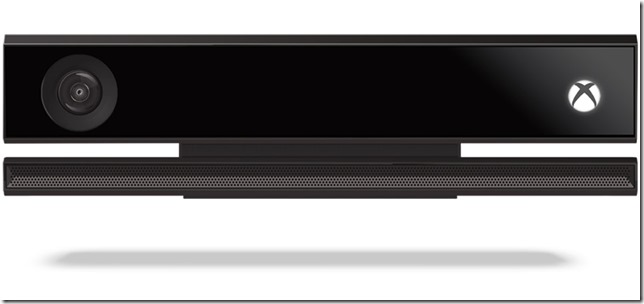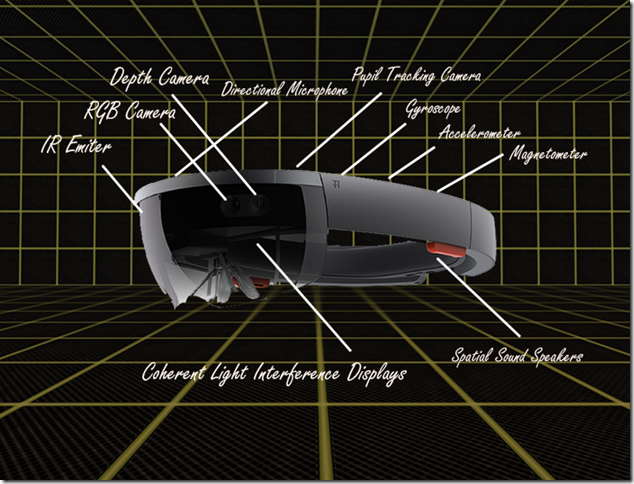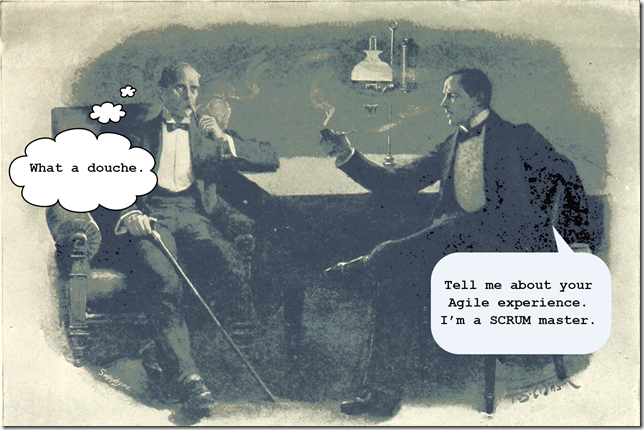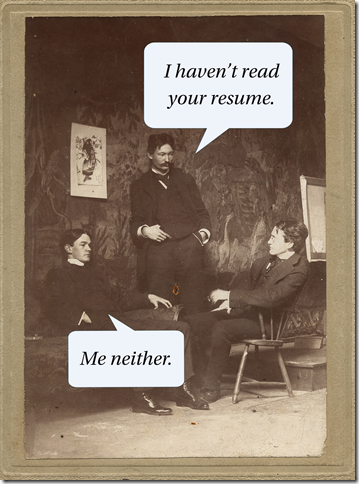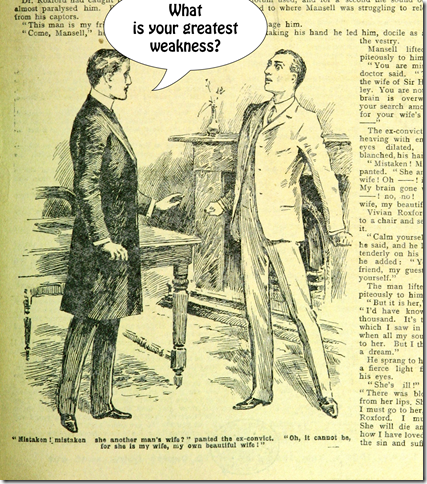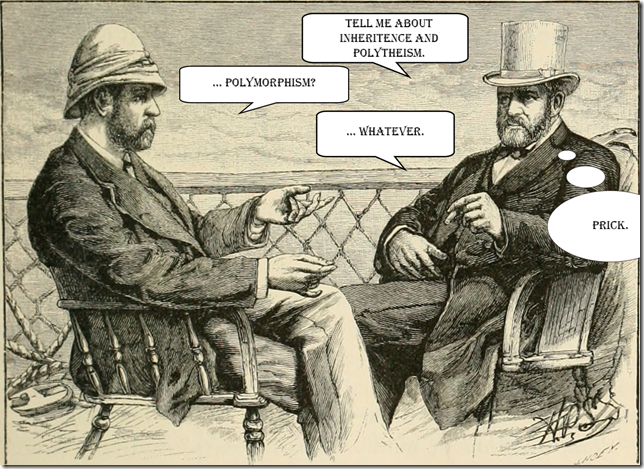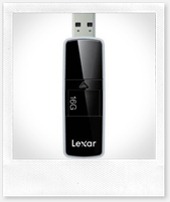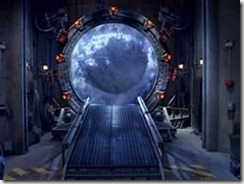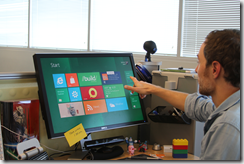
The magazine Fast Company has recently been on a tear critiquing the modern “open office” design ubiquitous in white collar businesses. Several studies have found that marginal improvements in communication are offset by stress and productivity loss due to noise and lack of privacy. Satisfaction levels for people who work in offices with doors that close are significantly higher.
How did we get to this place? Open office plans arose sometime in the late 90’s as a response to the jokes about cubicle culture and densification which dehumanized the office worker while squeezing every square footage out of usable office space. Open plans were intended to be more humanizing and to encourage social interactions, bringing the serendipity of water cooler conversation to the worker’s desk simply by lowering the height of cubicle walls and introducing a few plants.
Cubicles, in their turn, were also once seen as a humanizing and egalitarian effort. Instead of low-valued employees being doubled or tripled up in fluorescent-lighted rooms while high-valued employees got more desirable windowed private offices, cubicles broke down the divide and gave more or less the same amount of space to middle managers as well as the people under them (corner offices still go to executives). Moreover, to the extent that metaphors make up the furniture of our minds, we collectively moved away from the notion of smoky closed rooms as the space where decisions were made and generally redesigned our workspaces to emphasize transparency and equality.
This general trend towards greater and greater openness is captured in the name: “open office”. Like some dystopic novel or Orwellian word game, we have somehow been placed in a position of seeking out and realizing our own discontent. With only a little exaggeration, it resembles Michel Foucault’s notion of fascism as a force the leads us “to desire the very thing that dominates and exploits us.” Fortunately for us, we’re only talking here about furniture fascism and it’s only middle- and upper middle-class white collar workers who are standing in for the exploited masses.
Even office workers have the right to have Foucault speak for them, however. Were Foucault to perform a genealogical \ archeological analysis of the problematic of the contemporary open plan office, it might go something like this:
The initial move involved a misdirection concerned with repression. Middle managers were seen as repressing their employees with a feudal style architecture that crowded office workers into shared spaces while they were allowed the luxury of having their own space. Because of the preponderance of this repressive hypothesis, the ur-father from Freud’s Civilization and Its Discontents, now embodied in the middle-manager, could only be brought down by giving everyone her own version of the manager’s office: the modern cubicle.
There are two sides to these sorts of power dynamics, though. On their side, managers were driven to the new office plans by their own bad conscience and desire not to be seen as authoritarian figures – they, as much as anyone else, bought into the repressive hypothesis. On the other hand, bureaucratic movement requires expediency and expertise to justify change – this was provided by consultants more than happy to explain the cost-cutting that would be afforded by replacing office walls with removable cubicle walls. On top of this, they touted the benefits of being able to put up new cubicles or remove old ones in response to fluctuations in the workforce.

The argument from economic necessity led to something Scott Adams, the creator of Dilbert, identified as “densification.” Over time and as if by a natural law, cubicles became increasingly smaller. Because the change was gradual it was difficult to notice. Nevertheless, the cost savings produced by “densification” – a cost savings eerily reminiscent of Marx’s analysis of surplus value – could be touted each quarter as middle managers and executives justified their own value to the company.
When employees began to complain more regularly about densification as they stood around the water cooler, it was quickly observed that through a trompe l’oeil. The gradual densification could no longer be plausibly denied once cubicle walls had reached the point where they were taller than they were wide. This awareness of densification, it was discovered, could be resolved by simply making the walls shorter and consequently making the perspectival distortion caused by densification less obvious. All one had to do then was bring in a few architects to pretty things up and provide an aesthetic explanation for the changes.
Hence was born the movement toward greater openness and collaboration – as well as the eventual removal of water coolers. As by products of this transition, we also saw the introduction of headphones into the workplace, the rise of music players, the increase in the fortunes of Apple, the proliferation of online music streaming services and eventually the necessity of workplace broadband, now considered in some circles a human right, to pump all this music into our headphones to drown out the conversations of our neighbors in the open office.
What caused all this to happen? Recall that for Foucault the repressive hypothesis is at best false and at worse a misdirection. Management did not get together and plan out a way to decrease productivity in exchange for less expensive office space – all while convincing workers that the workers were getting one over on management by being allowed to spend more time talking and avoiding hearing other people talking rather than working.

Instead Foucault identifies a general trend toward scientific regularity and the privileging of visual metaphors he identifies as the “empire of the gaze” and, eventually, “panopticism”. Let’s try to make this plausible and show how it is relevant to the rise of the open office.
In his book Discipline and Punish, Foucault introduces the notion that modern civilization, built on firm scientific principles, has had regulation and observation built into it on a cultural level. As an example, he cites the development of geometrical plans for the laying out of military camps starting in the 17th century. Military manuals from that time spell out explicitly how camps were to be laid out, how far tents needed to be from one another, how high they must be, etc. The goal of these standardized layouts was to make the entire camp visible and an easy object of surveillance from a given point of view. More importantly, soldiers were made to know, by the layout of the camps that they themselves built, that their conduct was being observed by their superiors and that they needed to fall in line, so to speak.
“For a long time this model of the camp, or at least its underlying principle, was found in urban development, in the construction of working-class housing estates, hospitals, asylums, prisons, schools: the spatial ‘nesting’ of hierarchized surveillance … The camp was to the rather shameful art of surveillance what the dark room was to the great science of optics.
“A whole problematic then develops: that of an architecture that is no longer built simply to be seen (as with the ostentation of palaces), or to observe the external space (cf. the geometry of fortresses), but to permit an internal, articulated and detailed control – to render visible those who are inside it; in more general terms, an architecture that would operate to transform individuals: to act on those it shelters, to provide a hold on their conduct, to carry the effects of power right to them, to make it possible to know them, to alter them.”
The fault in each of these geometries is the point of view required to perform surveillance. It is a weakness in the system that constantly draws attention to itself as the observer. When a soldier in the camp knows who is observing him – that is, whose opinion matters most – he can choose to be obsequious to his officer, to buddy up to his officer, to flatter him, to bribe him, and in other ways undermine the surveillance culture that is being developed. In this sort of scenario, the soldier merely has to “act” as if he is behaving and only when he thinks someone is watching; whereas the true goal of a surveillance culture is to mold people to behave well all the time and to do this sincerely rather merely as an act.

Foucault finds the architectural fulfillment of this managerial vision in something known as the Panopticon. The Panopticon is a concept for a prison designed by Jeremy Bentham, the father of utilitarianism. The idea behind it was to have a prison designed in a ring so that every prisoner was constantly being observed by other prisoners. Additionally, there was a tower in the center of the ring that provided the only privacy available in the prison layout. The tower housed guards, but inmates could never be sure how many were watching them at any time. What is important in the design is that prisoners always feel as if they are being watched. Under constant surveillance of this sort, it was hoped, would cause prisoners to behave morally and hence undergo rehabilitation through self-discipline as well as punishment. The Panopticon would put them on their best behavior.
How does this apply to the open office? Just as there are design patterns in architecture – patterns that repeat themselves to the point that technicians can use them as guides for architectural design – there are also patterns in civilization. These patterns mark epochs in culture. Thomas Kuhn, when discussing scientific revolutions, called them “paradigms” – from which we get the overused term “paradigm shift” that, technically, describes the transitions between scientific epochs.
For Foucault, the cultural epoch we are currently living through is ultimately one guided by the notion of surveillance. Surveillance patterns inform our managerial practices as well as our modes of self-governance as a nation, our architecture as well as how we do interior decorating, our city planning as well as how we raise our children. Surveillance entertainment, more commonly known as “reality television”, is a media staple. And of course, surveillance design patterns inform our office spaces.
In discussing living in a surveillance society, in this particular time and place, it feels overly heavy handed to even link to articles about Edward Snowden, WikiLeaks, NSA spying or project PRISM. These are the design patterns of a world we have simply learned to accept as a matter of course. It is worth reflecting, however, that Foucault worked through his insights on surveillance and panopticism in the 60’s and 70’s; Discipline and Punish, in which he laid out these observations, was published in 1975.
The picture at the top of this post is of the office I work in. It is an open office plan. There happen to be offices with doors for managers. Their office walls, however, as well as their doors are made of glass. This allows management to more easily observe us, just as it allows us to more easily watch management. It is the fulfillment of panopticism because it has no area for guards whatsoever – everyone inhabits the empire of the gaze.
The greatest office design innovation here at work are the two tiny rooms designated for nursing mothers. They are the most used spaces – not because we have that many nursing mothers but rather because they are the only places in the office where people can hide. This requires correction.







